Convict Cichlid (Amatitlania nigrofasciata), native to Central America, are a popular choice due to their unique appearance and manageable care requirements. Noted for their distinctive black vertical bars, these fish bring a striking aesthetic to any aquarium.
They are relatively hardy and adaptable, making them suitable for intermediate fish keepers. Like a lot of fish, they can be aggressive.
This does require thoughtful consideration when setting up their habitat and choosing tank mates.
This guide will cover:
- Basic Care and Tank Requirements: Details about the ideal tank conditions, including size, water parameters, and setup.
- Feeding and Diet: Information on what to feed them to ensure they receive adequate nutrition.
- Breeding Information: Guidance on how to successfully breed Convict Cichlids, including conditions required and what to expect during the breeding process.
Table of Contents
Convict Cichlids: Species Overview
| Names: | Convict Cichlid |
| Scientific Name: | Amatitlania nigrofasciata |
| Max Size: | 4-5 inches (10-12.5 cm) |
| Lifespan: | Up to 10 years |
| Appearance: | Grey-blue body with distinctive black vertical bars |
| Temp: | 22-28°C |
| Water Parameters: | Slightly hard; pH: 6.5-8.0; dH: 9-20 degrees |
| Compatibility with Other Fish: | Semi-aggressive; best with similarly sized, robust fish |
| Community Size: | Can be kept solo or in pairs; larger groups need ample space |
| Behaviour: | Territorial, especially during breeding |
| Lighting: | Standard aquarium lighting |
| Feeding: | Omnivorous; pellets, flakes, and live/frozen food |
| Breeding Difficulty: | Easy, prolific breeders |

Convict Cichlids Appearance and Behaviour
Convict Cichlids are not only known for their distinctive appearance, with black vertical bars on a greyish-blue body resembling old-fashioned prison uniforms, but also for their unique behaviour.
They are territorial and can exhibit aggressive tendencies, especially during breeding. This makes them fascinating to observe but also a challenge in community tanks.
Despite this, their hardiness and moderate size, a full grown Convict Cichlid typically reaches 4-5 inches in size, making them manageable for intermediate fish keepers.
Varieties of Convict Cichlids
Albino Convict Cichlids
Albino Convict Cichlids are typically white or cream-colored with orange or red fins. They are known for their striking coloration, which lacks the black bars typically seen in standard Convict Cichlids. Male Albino Convicts are usually larger and may exhibit more intense coloration compared to females.
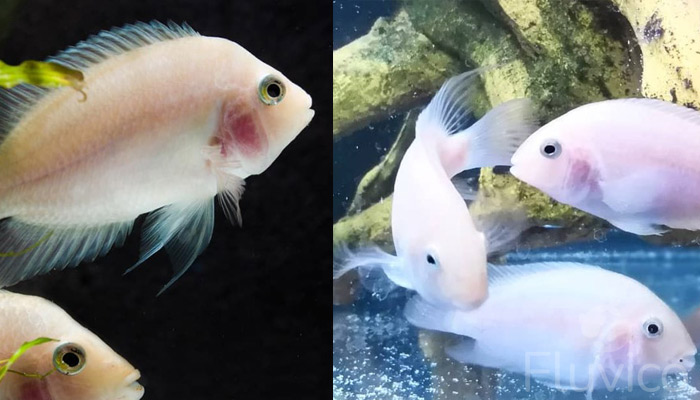
Pink Convict Cichlids
Pink Convict Cichlids, also sometimes called pseudo-albino, have a pinkish-white coloration. They share similar care requirements with other Convict Cichlids, such as needing a spacious tank with plenty of hiding places, rocks, and plants to mimic their natural habitat.
Albino Convict Cichlids and Pink Convict Cichlids, although they are often closely related and sometimes confused with each other.
Convict Cichlid Tank Setup
- Tank Size: Opt for a minimum of 20 gallons but 30 gallon (100+ litres) is recommended for a pair of Convict Cichlids; larger tanks are better for groups.
- Water Conditions: Maintain water temperatures between 79-84°F (26-29°C), with a pH of 6.5-8.0 and moderate hardness.
- Environment: Include plenty of hiding spaces using rocks, caves, and driftwood to replicate their natural habitat.
- Filtration: Use a robust filtration system to keep the water clean and well-oxygenated.
- Substrate: A mix of gravel and sand works well, allowing for natural behaviour like digging.
- Compatible plants: Ideal choices include Anubias, Java Fern, and Amazon Swords, as they are robust and can be attached to rocks or driftwood, minimizing uprooting. Floating plants like Hornwort can also be beneficial, providing shade and hiding spots.
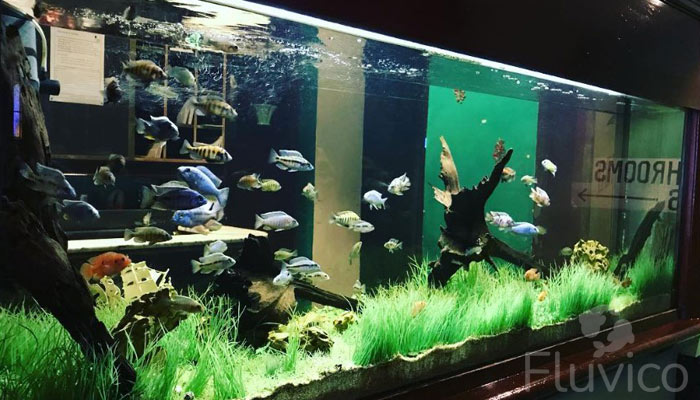
Diet and Nutrition: Feeding Your Convict Cichlid the Right Way
The dietary needs can be addressed effectively with a balanced approach:
- Best Foods: These fish thrive on a varied diet. Include high-quality flakes or pellets as a staple, supplemented with live or frozen foods such as brine shrimp, bloodworms, and daphnia.
- Feeding Schedules and Portion Sizes: Regular, controlled feeding is crucial. Twice daily feedings are recommended, with portions they can consume within a few minutes to avoid overfeeding.
Health and Wellness: Keeping Your Fish Happy and Healthy
Health and wellness are crucial for maintaining a thriving aquarium environment, especially for fish like Convict Cichlids. Here’s a brief overview based on the information from Aquarium Source:
- Common Health Issues: These fish are generally hardy, but they can be susceptible to common aquarium diseases like Ich, fin rot, and bloat. Good hygiene and water quality are key to preventing these issues.
- Preventative Care: Regular water changes, maintaining proper filtration, and monitoring water parameters are essential. A varied diet also helps in keeping them healthy.
- Veterinary Care: If your fish shows signs of unusual behaviour, loss of appetite, or visible health issues, it’s important to consult a vet. Early intervention can prevent more serious problems.
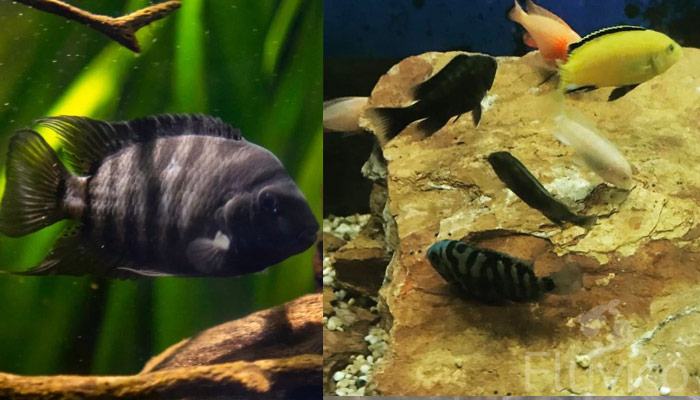
Convict Cichlid Tank Mates
Choosing tank mates for Convict Cichlids requires careful consideration due to their territorial nature. Here’s a summary of suitable tank mates:
- Other Cichlids: Larger and similarly aggressive cichlids can be compatible.
- Catfish: Certain robust catfish species can coexist well.
- Plecostomus: These bottom dwellers generally stay out of the way of cichlids.
- Loaches: Some loach species can manage with their territorial behaviour.
- Oscar Fish: Can be a good match due to their size and temperament.
- Jack Dempsey Fish: Their robust nature makes them a suitable companion.
- Clown Loach: Generally peaceful but can handle the cichlids’ temperament.
- Silver Dollar Fish: Known for their peaceful nature, they can adapt to living with Convict Cichlids.
Remember, any tank mates should be able to handle a bit of aggression and have their own space.
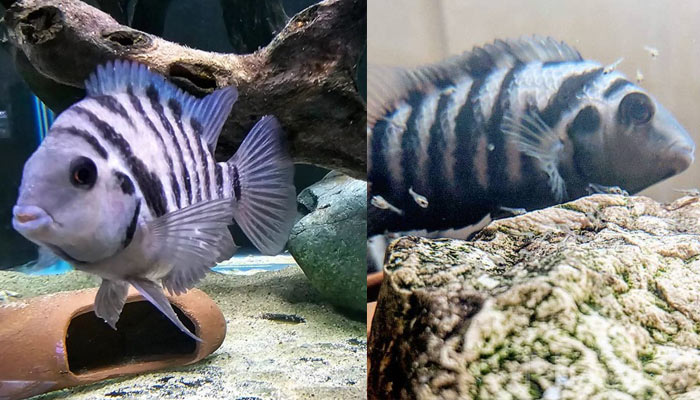
Breeding Convict Cichlids
Breeding Convict Cichlids is a detailed process that takes several weeks from start to finish. Here’s a more comprehensive breakdown:
Total time: 6-8 weeks
1: Pair Selection
Choose a healthy male and female. It’s important they are mature and compatible.
2: Breeding Tank Setup
Create a conducive environment with hiding spots like caves, and ensure the water conditions are ideal, with a temperature of about 79°F.
3: Spawning Process
The female lays eggs on a flat surface, and the male fertilizes them. This usually happens within days after setting up the breeding tank.
4: Egg Incubation
Eggs hatch in about 2-3 days. During this period, both parents protect the eggs.
5: Fry Care
Once hatched, the fry are guarded by the parents. Initially, they feed off their egg sacs, but after a few days, they need to be fed with baby brine shrimp or similar food.
6: Growth and Independence
The fry grow rapidly and can be independent in about 4-6 weeks, at which point they can be moved to a separate tank if desired.
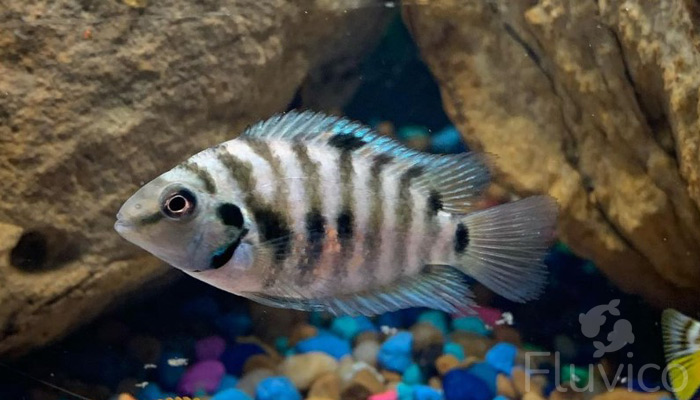
Convict Cichlids: Right For Your Aquarium?
With their striking black stripes and robust nature, can be a vibrant addition to your aquarium. They are relatively easy to care for, making them suitable for intermediate fish keepers.
However, their territorial and aggressive behaviour, especially during breeding, needs to be kept an eye on. Follow the above information for ideas on similar-sized, semi-aggressive fish and they offer a unique experience for those willing to manage their distinct needs.
Comment below if you want to know any other information.
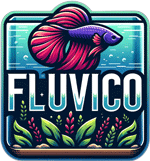
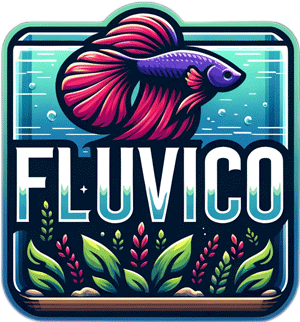
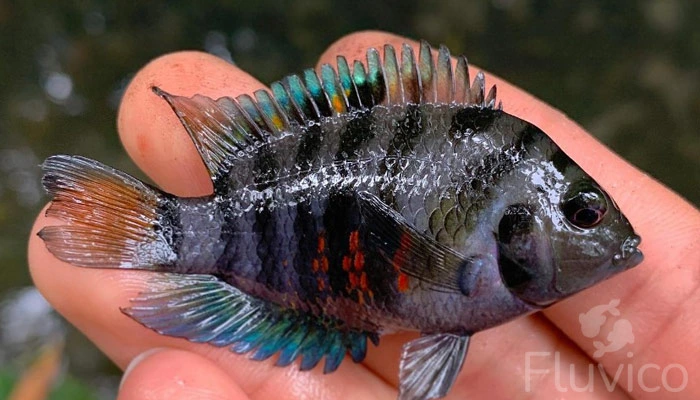
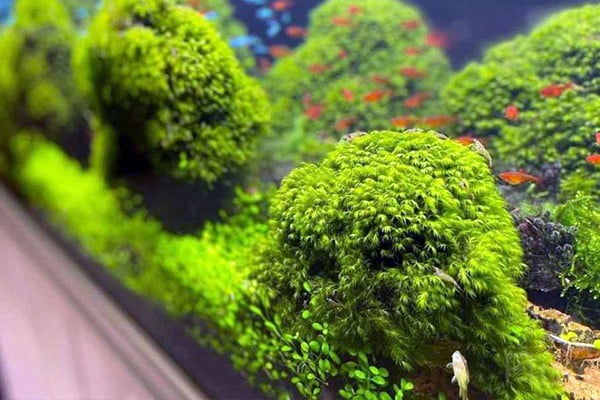
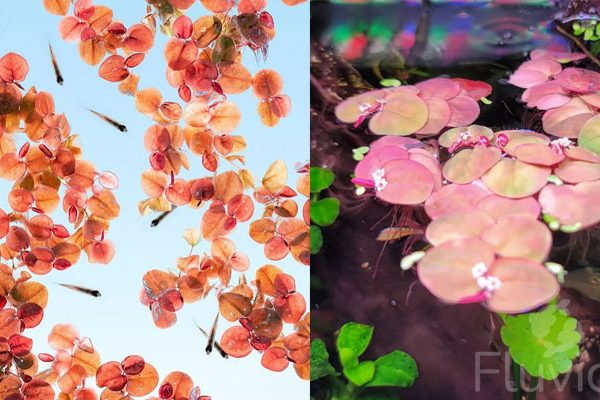
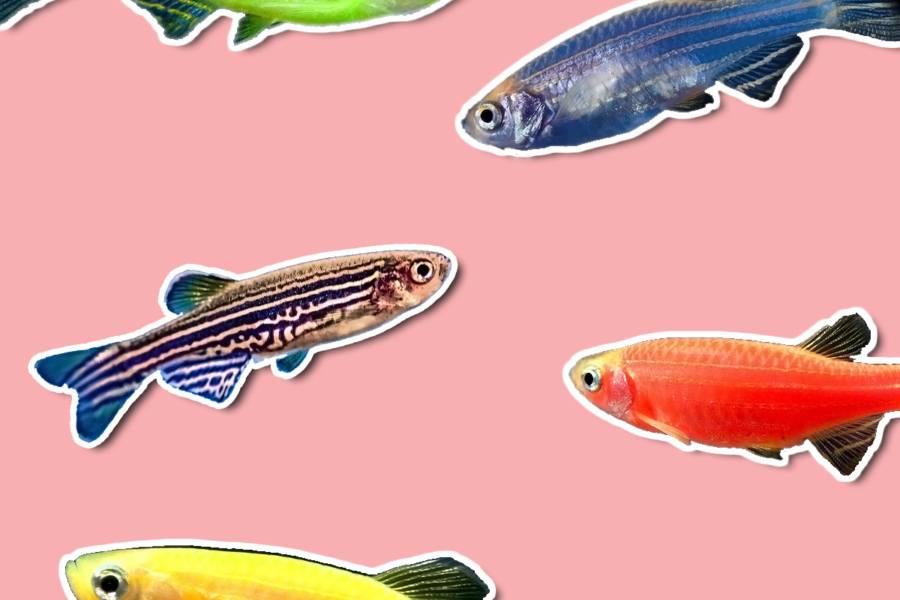
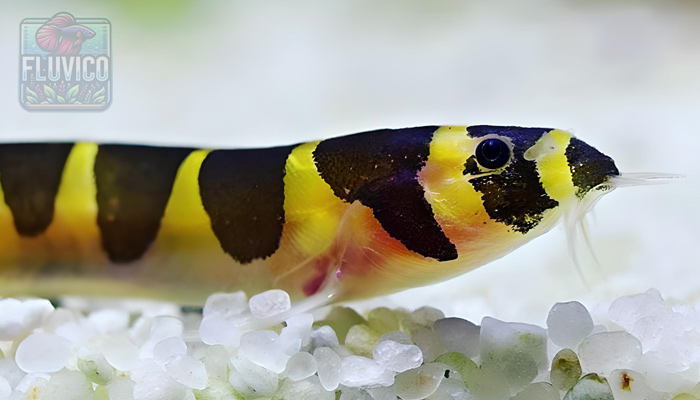
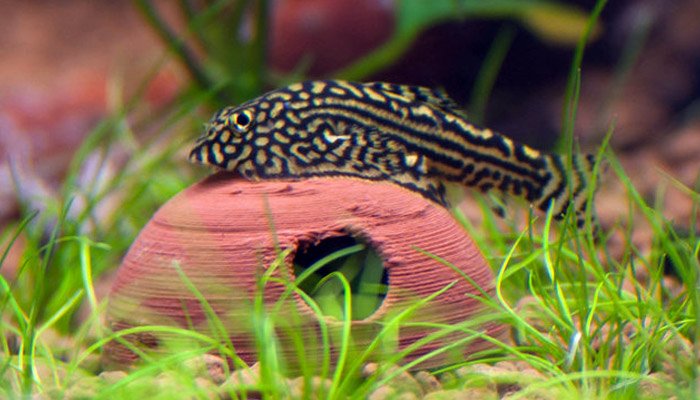
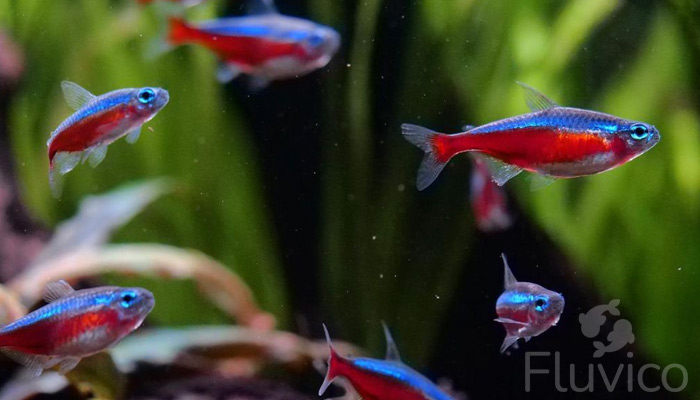
Leave a Comment